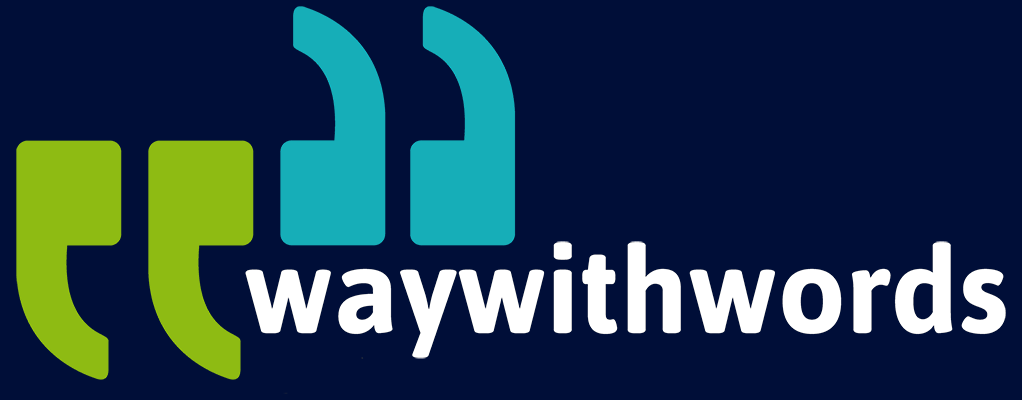How Can Crowdsourcing Be Used for Speech Data Collection?
Meeting the Demand for Diverse Speech Datasets
In recent years, the demand for large and diverse speech datasets has surged. From powering voice assistants and automatic transcription systems to enabling research in linguistics and accessibility, the need for varied, high-quality speech data has never been greater. One of the most effective methods for meeting this demand is crowdsourcing — leveraging distributed groups of people across the world to contribute recordings, annotations, or transcriptions. This includes community engagement to help with ethically-approved localised collections.
This article explores crowdsourced speech data collection, the benefits it offers, the platforms that enable it, the measures taken to ensure dataset quality, and the ethical considerations involved.
What Is Crowdsourcing in Speech Data?
Crowdsourcing in speech data refers to the practice of engaging large groups of individuals — often spread across different geographies and demographics — to contribute audio samples or related annotations. Unlike traditional data collection, which might rely on a small group of participants in a controlled environment, crowdsourcing decentralises the process. Contributors use their own devices, follow prompts, or transcribe recordings from anywhere in the world.
At its core, the model capitalises on diversity and scale. A crowdsourced speech dataset might include contributions from thousands of speakers representing different languages, dialects, accents, and age groups. This kind of variation is critical for training artificial intelligence models that aim to perform accurately in real-world scenarios.
The process generally involves:
- Designing a set of prompts or tasks (such as reading specific phrases or transcribing short clips).
- Distributing these tasks through online platforms or mobile applications.
- Gathering and aggregating the resulting recordings, annotations, or transcriptions into a central repository.
This approach is especially attractive to companies, researchers, and public initiatives that need rapid, large-scale data collection across multiple demographic variables.
Benefits for Speed and Scalability
One of the most compelling advantages of crowdsourced speech data is its ability to provide speed and scalability. Traditional fieldwork for speech data collection can be costly, requiring in-person recruitment, supervised sessions, and specialised recording equipment. Crowdsourcing bypasses many of these limitations.
With the right platform, projects can reach contributors in dozens of countries simultaneously. For instance, if a dataset requires samples from 5,000 speakers across ten different dialects, crowdsourcing allows the project owner to distribute the task globally, rather than attempting to manage local recruitment efforts in each region.
The scalability benefits include:
- Rapid participant onboarding: Thousands of individuals can be recruited and start contributing within hours or days.
- Diverse environments: Contributors record on different devices and in varied settings (quiet rooms, noisy streets, homes), producing data that better reflects real-world use cases.
- Broader demographic reach: Collectors can ensure representation across genders, age brackets, socio-economic backgrounds, and regional variations.
By making it possible to gather data at scale and at speed, crowdsourcing accelerates research, product development, and deployment timelines for speech technologies.
Crowdsourcing Platforms and Tools
The success of crowdsourced speech data collection often depends on the platforms and tools used. These platforms serve as intermediaries, connecting project owners with global contributors, and managing workflows, payment, and quality control.
Some of the most notable platforms include:
- Amazon Mechanical Turk (MTurk): One of the earliest and most widely recognised crowdsourcing marketplaces. While not specifically designed for speech, it is often used to distribute transcription and annotation tasks.
- Appen: A major provider specialising in speech and language data, offering both off-the-shelf datasets and custom data collection through a global crowd.
- Toloka: Originating from Yandex, Toloka provides a versatile crowdsourcing platform used for speech, image, and text tasks, with particular strength in multilingual projects.
- Proprietary platforms: Many companies develop their own internal web or mobile apps for audio collection at scale, ensuring better control over task design, device calibration, and contributor management.
These tools generally provide mechanisms for prompt distribution, recording uploads, task tracking, and participant communication. Some platforms even integrate AI-based validation tools to catch low-quality submissions early.
The choice of platform depends on the project’s goals. While MTurk offers breadth and speed, more specialised platforms like Appen or proprietary tools are better suited for complex, multilingual, or highly specific datasets.

Ensuring Quality in Crowdsourced Datasets
While crowdsourcing enables massive data acquisition, one of its biggest challenges is ensuring quality control. Unlike lab-based collection, where technicians monitor recordings, crowdsourcing relies on contributors working independently. To counteract variability, researchers and companies deploy multiple strategies:
- Validation layers: Automated checks can identify issues such as background noise, truncated audio, or inconsistent volume.
- Scoring systems: Contributors may be assigned performance scores based on the quality and accuracy of their submissions. Low scorers can be filtered out, while top contributors are rewarded with more tasks.
- Expert review: A percentage of submissions may be reviewed by trained linguists or quality assurance teams to verify accuracy.
- Participant training: Before contributing, individuals might complete short tutorials or sample tasks, ensuring they understand instructions and recording requirements.
By combining these measures, dataset owners strike a balance between quantity and quality. The result is a crowdsourced speech dataset that can be confidently used for training speech recognition, natural language processing (NLP), or machine translation models.
Ethical and Payment Considerations
Crowdsourcing is not without its ethical responsibilities. Because it involves distributed workers, often from diverse economic backgrounds, it is important to treat contributors fairly and transparently.
Key considerations include:
- Fair pay: Workers should receive reasonable compensation that reflects the time and effort required. Exploitative micro-payments undermine the sustainability of crowdsourcing.
- Informed consent: Contributors must clearly understand how their recordings will be used, stored, and shared. This includes disclosing whether datasets will be commercialised or used for research.
- GDPR and privacy compliance: In regions like the European Union, strict data protection laws govern how personal data (including voice) is collected, processed, and stored. Proper anonymisation and consent protocols are essential.
- Protection of crowd workers: Ethical crowdsourcing involves creating a safe and supportive environment, avoiding bias in task distribution, and offering accessible communication channels for workers.
For organisations building voice datasets through crowdsourcing, adhering to ethical standards not only safeguards participants but also enhances trust and the overall quality of the resulting datasets.
Final Thoughts on Crowdsourced Speech Data
Crowdsourcing has emerged as one of the most powerful approaches for audio collection at scale, combining speed, diversity, and cost-effectiveness. By leveraging distributed contributors, organisations can build vast and varied voice datasets that are essential for training AI and advancing speech technology. However, success requires more than scale — it depends equally on robust quality control, ethical practices, and carefully chosen platforms.
As speech AI continues to evolve, crowdsourcing will remain a cornerstone of dataset acquisition, balancing the efficiency of global participation with the responsibility of fair and ethical engagement.
Resources and Links
Way With Words: Speech Collection – Way With Words excels in real-time speech data processing, leveraging advanced technologies for immediate data analysis and response. Their solutions support critical applications across industries, ensuring real-time decision-making and operational efficiency.
